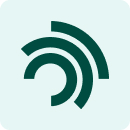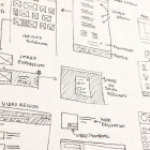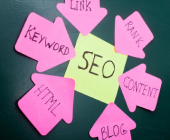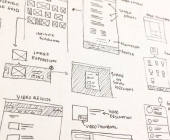Books didn’t always have title pages! The title page only developed gradually over the 15th and 16th centuries. Before that time, different methods were used to announce the author(s), title, edition, place of publication, printer, publisher and publication date.The elements indicating the beginning and the closing of individual textual units in medieval manuscripts persisted in the period of the earliest printed books. These elements are the incipit, the explicit, and the colophon. Just like the design of the book and the layout of the text, the text announcements in manuscripts and incunabula elements indicating the beginning and the closing of individual textual units in medievawere the same for a while.
From the late 15th century onwards, the amount of information given on the title page was increasing constantly. Author and title statements were joined by information about the edition, secondary authors such as commentators or translators, as well the place of publication, the name of the printer and publisher, the printer’s device, and the publication date. All of these elements have gradually moved to the title page from the colophon.

Books didn’t always have title pages! The title page only developed gradually over the 15th and 16th centuries. Before that time, different methods were used to announce the author(s), title, edition, place of publication, printer, publisher and publication date.The elements indicating the beginning and the closing of individual textual units in medieval manuscripts persisted in the period of the earliest printed books. These elements are the incipit, the explicit, and the colophon. Just like the design of the book and the layout of the text, the text announcements in manuscripts and incunabula elements indicating the beginning and the closing of individual textual units in medievawere the same for a while.
Title page from Ulrich von Hutten’s poem on the war with Venice, dedicated to Emperor Maximilian (1519), Universitätsbibliothek Heidelberg, CC BY-SA
From the late 15th century onwards, the amount of information given on the title page was increasing constantly. Author and title statements were joined by information about the edition, secondary authors such as commentators or translators, as well the place of publication, the name of the printer and publisher, the printer’s device, and the publication date. All of these elements have gradually moved to the title page from the colophon.



















